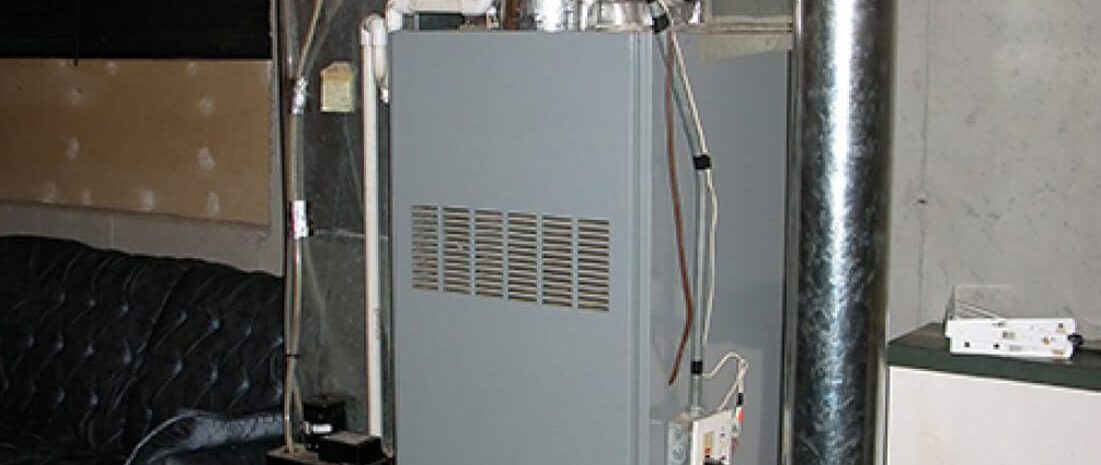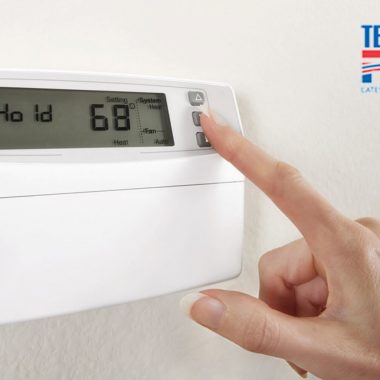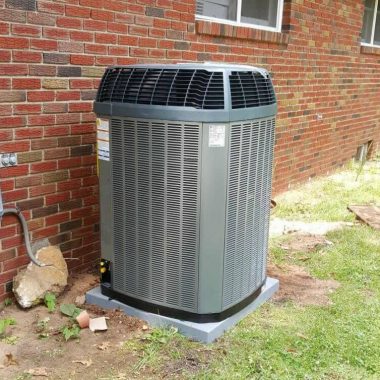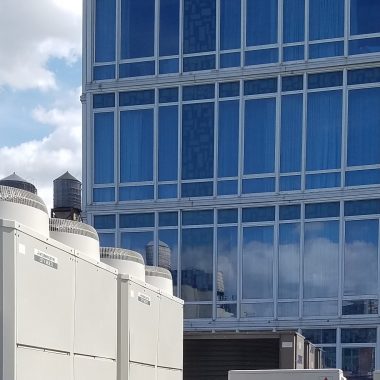Winter is here which means you want to ensure your furnace is working properly and keeping your home warm and your family comfortable. A common issue that homeowners experience with their furnace is that it is short-cycling or overheating. Short cycling means that the furnace turns on and off very frequently with little time between on and off. In some cases, it may not make any heat at all before shutting down.
Why Does a Furnace Short Cycle?
Some common reasons your furnace may be short cycling include:
- It’s overheating
- Having a bad flame sensor
- Your furnace filter is dirty
- Blocked heat grates
- Blocked exhaust vent
- Your thermostat mounted in the wrong location
- The furnace that is too big for your home
Many of these issues are an easy fix and not very costly, below we’ll take a look at each possible cause and what you should be looking for:
Your Furnace is Overheating
If your furnace is overheating it may be protecting itself from damage by turning off prematurely. An overheating furnace can potentially create cracks in the heat exchanger, which can be harmful to your well-being because carbon monoxide can leak into your home. If you suspect this is the reason your furnace is short cycling, it is imperative that you contact an HVAV professional to repair the unit. Restricted airflow is typically the cause of overheating which may be due to a dirty air filter or interior vents, or because roof exhaust vent is blocked.
Having A Bad Flame Sensor
A bad flame sensor or flame rod means that the furnace flame will shut off almost immediately after lighting. In order to determine whether this is the cause, remove the cover from the furnace to look for the burner firing, or listen for the “whoosh” it makes. The inducer motor will run approximately 30-60 seconds before the gas fires, if you find that it isn’t firing then this may be the issue.
The flame sensors are meant to determine that the gas valve has fired and isn’t pumping raw gas into your home. If the sensor doesn’t sense a flame, it will shut off the gas valve. The solution for this issue is to clean or replace the flame sensor which is a simple job and can be done by one of our TemperaturePro technicians.
Your Furnace Filter is Dirty
A dirty filter is another reason your furnace can short cycle and overheat. If you notice that the furnace is shutting off after only a few minutes before your home is warmed this may be the cause. Another sign is that you feel hotter than usual air coming out of the heat grates. If the furnace gets too hot, the switch will shut down the furnace. A dirty filter prevents a flow of return air into the furnace, without the return air, it will quickly overheat and turn off. To remedy this issue, you need to change your furnace filter.
The Heat Grates Are Blocked
This is another common cause of a furnace overheating because it doesn’t let enough air out of the system. Once again, you’ll notice that your furnace stops running sometime between 3-10 minutes before your home gets warm. The air coming out of open grates also may be hotter than normal.
When heating your home, the air flows out of ductwork into living spaces through these grates, which likely have dampers on them, allowing you to control which rooms get heat. If too many of these vents are closed your furnace can’t disperse enough heat. In turn, the heat will build up in the furnace, causing it to overheat and shut down. At least 75% of the grates should be open, check the grates throughout your home to ensure they are open and not being blocked by furniture.
The Exhaust Vent is Blocked
This is another cause of overheating and short cycling but is a potentially dangerous reason since it can allow carbon monoxide through the vent. Typically, the exhaust vent becomes blocked by nests from birds or other animals, snow, ice, and even beehives. If you suspect this is the reason, it is important that you remove the obstruction from the exhaust flue. If the cause is a nest it may be best to have animal control or pest specialist handle the task.
Your Thermostat in the Wrong Spot in Your Home
The location of your thermostat matters because if your thermostat is getting warmed before the rest of the house, it will cause your furnace to turn off prematurely. This is common in homes where the homeowner installed the thermostat themselves.
Some examples of a poor location for your thermostat include right above a heating grate or on the wall of the utility closet where the furnace is located. In both of these locations, the thermostat will heat quickly and reach its set point before it should. The solution for this is to simply relocate the thermostat to a central location that isn’t near a heat grate or window that allows the sun to shine directly on it.
Your Furnace is Too Large for Your Home
It’s common for homes to have furnaces that are too large because the installer believed that “bigger is better” when it comes to furnaces. This is not true, however, and can actually be a cause of your unit short cycling. If this is the cause of your furnace short cycling the best solution is to replace the entire unit. Some clues that this may be the issue is that you notice short cycles, temperature swings, and high heating bills.
If you believe your furnace is short cycling or overheating, contact Bright Star Service for furnace service today.






